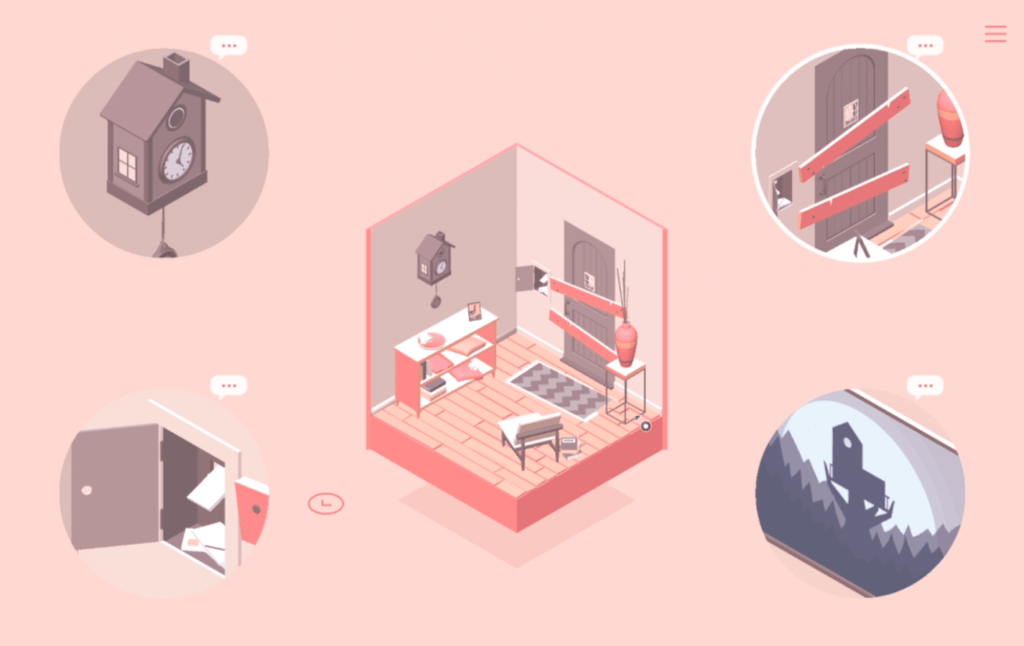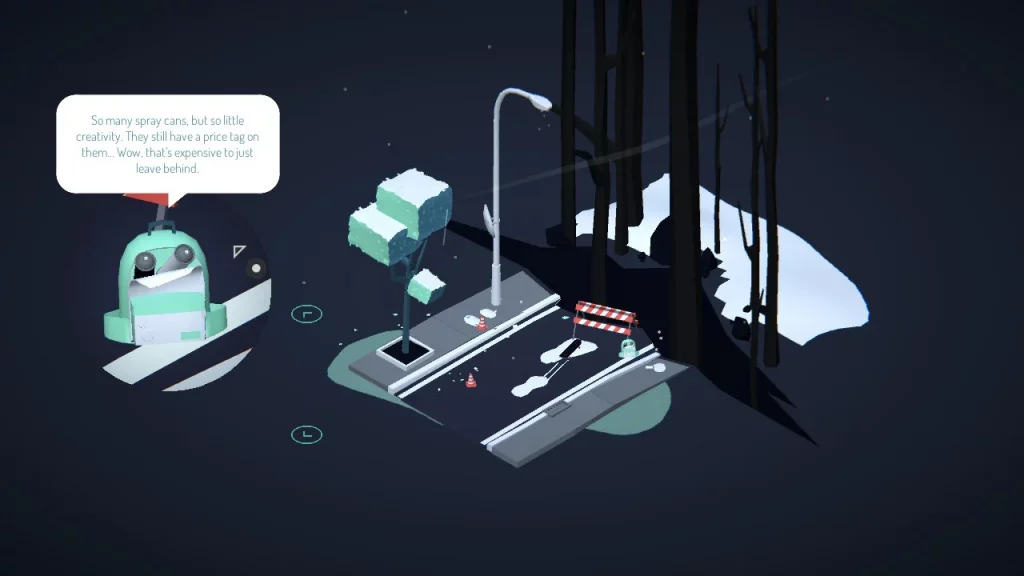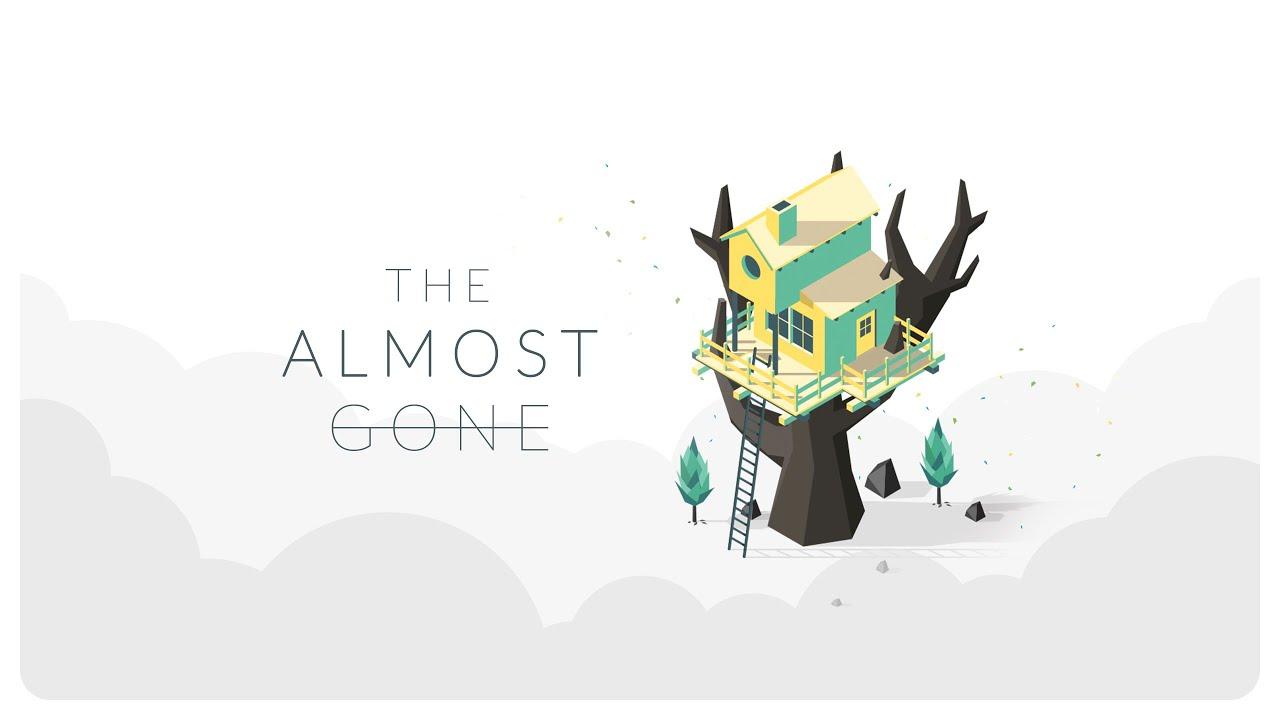Name: The Almost Gone
Developer: Happy Volcano
Platforms: iOS, Android, Nintendo Switch, Steam
The Almost Gone is a simple isometric point-and-click puzzle game, with a darker narrative lurking under its sleek visual design. You play from the perspective of a person who starts in their home (that does not seem at all normal), only to journey inside and outside the home to uncover more about your life and escape whatever has trapped you here. The interface of the game is simple, allowing you to rotate isometric slices of the rooms/areas around to view objects from all sides. The controls feel intuitive as you rotate each slice and look for the details in each area, tucked behind walls, drawers, and doors. You can tap certain objects to take a closer look, and collect necessary tools to solve puzzles. The general experience feels like an escape room, as you progress through new areas and journey away from where you started.

For me, the subtle choices with audio really helped supplement the experience of the game. In the opening act, the sound of TV static, a howling wind, and even the drop of a heavy bag was startling in contrast to the pleasant, pink tone of the house. The contrast added to the eerie feeling that something was terribly wrong with where the protagonist is. The audio is otherwise ambient, casting an underlying tone over the player experience. There are detailed popups that remain as you explore, which help keep track of where you’ve been, as well as remind the player of important puzzle and narrative findings. No matter where you journey, you are reminded of what you’ve pieced together so far. It is this “puzzle-piecing” together mechanic of the game, from the literal puzzles to the larger meta-puzzle, that paces the game well. You experience the same confusion as the protagonist at the start, gleaning information in pieces with them as they try to understand where they are and why they are here.

This game could be classified under narrative and challenge types of fun. The challenge is the most upfront part; finding all the clues to the puzzles does take time and a keen eye. The narrative unfolds gradually through the text and information that the protagonist provides, and if the player pays close attention, they can start piecing together what happened. The game is open to anyone, with perhaps older children as the minimum given the darker themes of the game. The Almost Gone really succeeds in pacing the discovery of the story, leaving a nice trail of narrative breadcrumbs for the player. I found myself speculating what had happened as I searched for pieces of each puzzle. Perhaps one improvement could be a more clear boundary in the controls (for the iPad version), as I found myself accidentally swiping to another room when I wanted to rotate, and vice versa. If there were buttons, perhaps the experience would have been smoother. Overall, The Almost Gone leaves a lot of room for player curiosity, and that is what drives the progression of the story.



